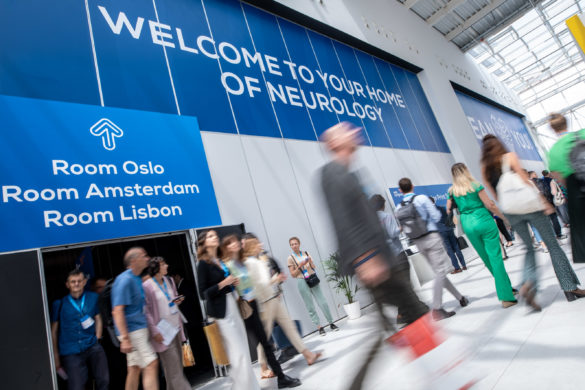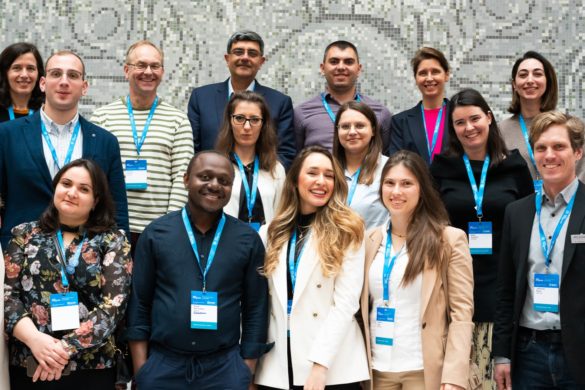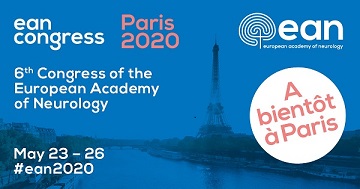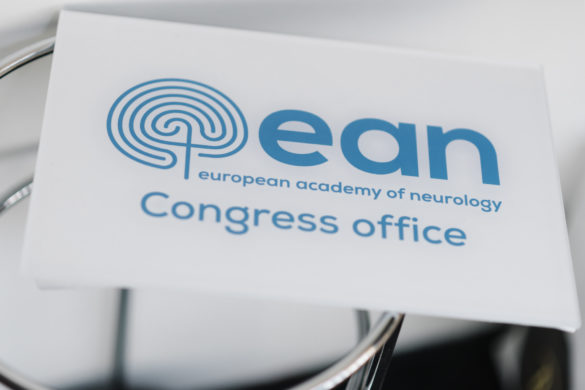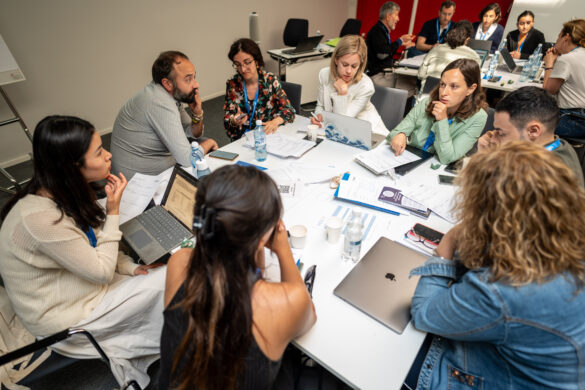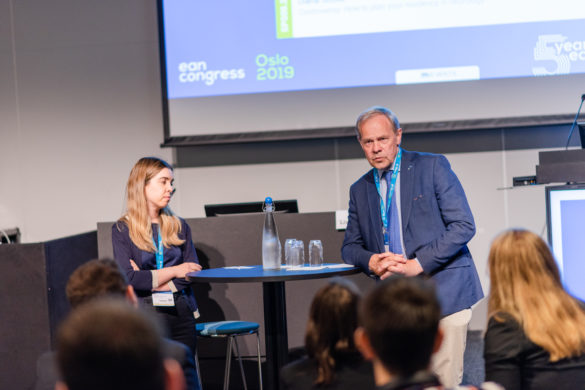by Lorenzo Tinti
The session Underprioritised neurology conditions and symptoms took place live on EAN TV on Sunday at EAN 2023, moderated by Conny Lee, and focused on conditions that share a high disease burden but are at the same time underprioritised in health and financing programmes.
The first lecture was given by Joke Jaarsma, Past President of the European Federation of Neurological Associations (EFNA), and focused on restless legs syndrome (RLS), one of most costly neurological conditions, due to a combination of high prevalence but underdiagnosis and undertreatment. It is more prevalent in women than men by about 2:1, and it is estimated to complicate about one third of all pregnancies. Medications for RLS are present but, since knowledge is largely insufficient among general practitioners and neurologists, they are given only sparsely and with inadequate schedules. Hopes for advances in the coming years include an increased awareness of this condition, and therefore better access to treatment and research programmes.
The next talk was by Gracemarie Bricalli, an EFNA board member-at-large. She focused on myalgic encephalomyelitis, or chronic fatigue syndrome, a condition characterised by profound and persistent fatigue, and autonomic, neurocognitive, and immunological and energy metabolism disfunction symptoms. Its prevalence is between 0.2 and 0.4% of the general population and, as for RLS, this condition seems to be more prevalent among women, though the reason is not known at present. Despite being recognised by the World Health Organization as a neurological post-viral syndrome since 1969, in 2015 the US Institute of Medicine issued a report confirming that this is a somatic disease, in order to dispel the continuing false believe that it is psychosomatic condition. In some European countries like the UK, Norway and Sweden, highly specialised centres have already been established, but funded primarily by patient organisations. Hopefully, according to Bricalli’s words, myalgic encephalomyelitis/chronic fatigue syndrome could be included in the curricula for medical students in the next future. Moreover, she expects an increasing number of specialists to be kept updated on the latest research on the topic.
Lastly Deirdre Ryan, President of the Pain Alliance Europe, spoke about how invisible pain really is to society and healthcare systems. Pain can come up in many different conditions but, in neurology, pain can be a disease itself. We need a societal, multi-policy approach to tackle the impact of pain on work, transport, and education, among others. We also need centres specialised in pain itself, regardless of the underlying diseases. Also, while there is a recognised link between pain and mental health, the impact of pain on mental health is often overlooked. While much research is being carried out to seek biomarkers, there are few good measures to account for patients’ subjective experience. The recognition of primary pain by ICD-11 has been a huge development, allowing reimbursement of patients for their treatments, and we are discussion is increasing about pain registries to show and share the real impact of the condition. Finally, the opioid crisis has to be tackled properly: as there is a difference between medical reliance on these medications and addiction, we need to move away from a stigmatised approach to prescription.





